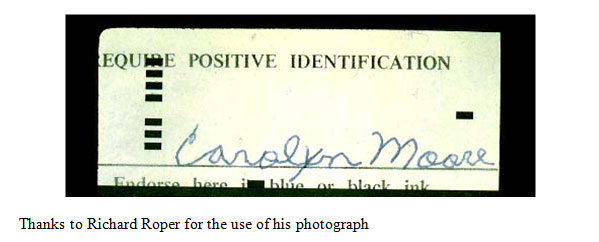Forgery
Forgery can be defined as the following:
- The act of making or producing an illegal copy of something so that it looks genuine, usually for financial gain;
- An illegal copy of something such as a document or painting that has been make to look genuine.
- The process of making, adapting, or imitating objects, statistics, or documents with the intent to deceive or make usually large amounts of money by either presenting the item or selling the item.
- The creation of a false written document or the alteration of a genuine document, with the intent to defraud.
With reference to handwriting and more specifically signatures the act of successfully producing and presenting a forged document containing a signature is unlikely. In order to produce a free-hand simulation of another individuals signature, the forger must first throw away and disregard their own handwriting habits that have been developed over many years. Second, the forger must have a genuine model to examine and copy the true characteristics of the signature. Thirdly, and most importantly, the forger must successfully reproduce the speed, rhythm and letterforms of the genuine signature. And as with any signature, the more complex the pen movements used to produce the signature, the more difficult it will be for the forger to imitate. In the signature below the forger fails to reproduce the natural rhythm and speed of a Carolyn Moore signature. In addition, a large “flag” of not genuine is the addition of the “y” to correct the misspelling.



